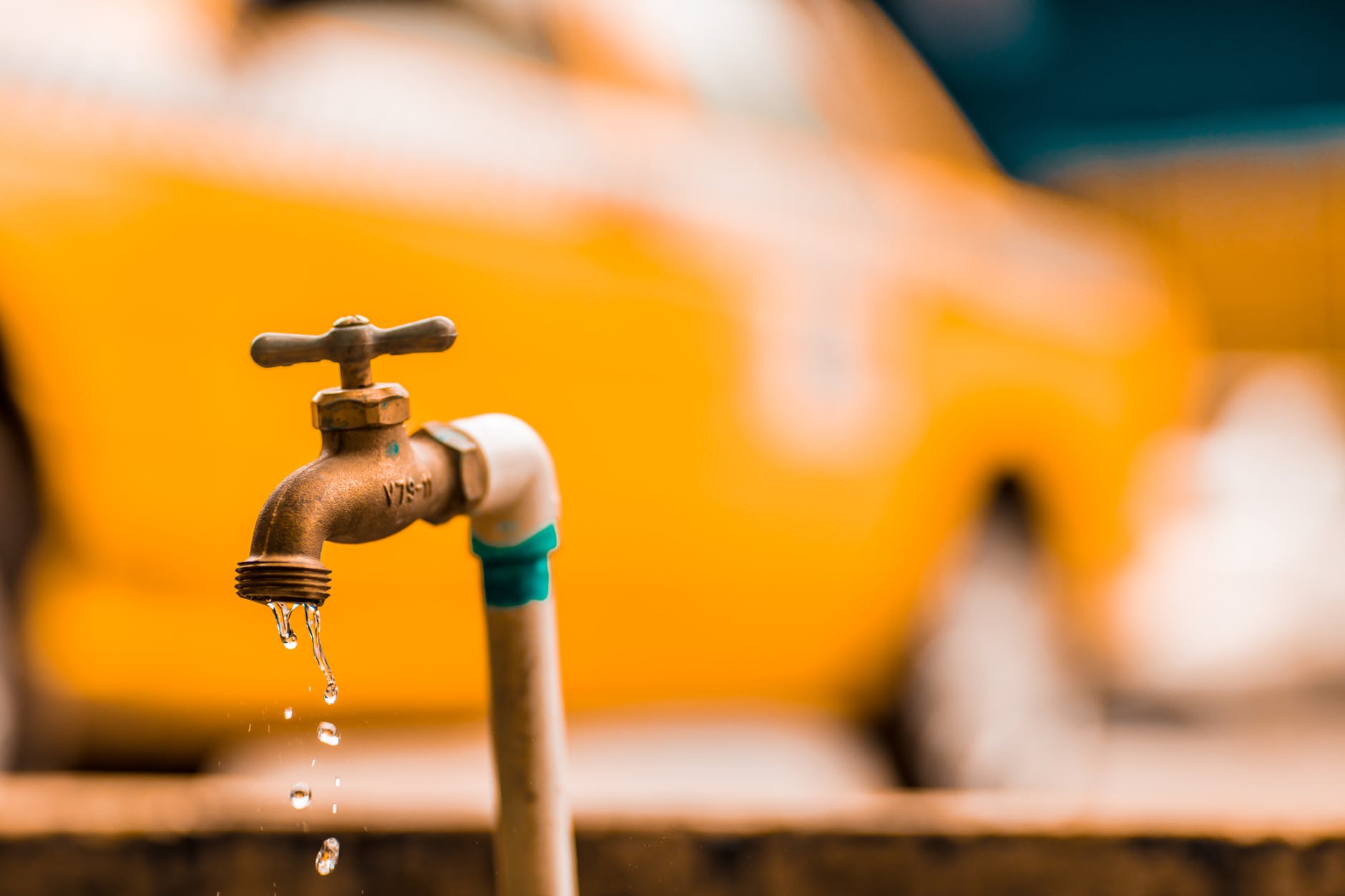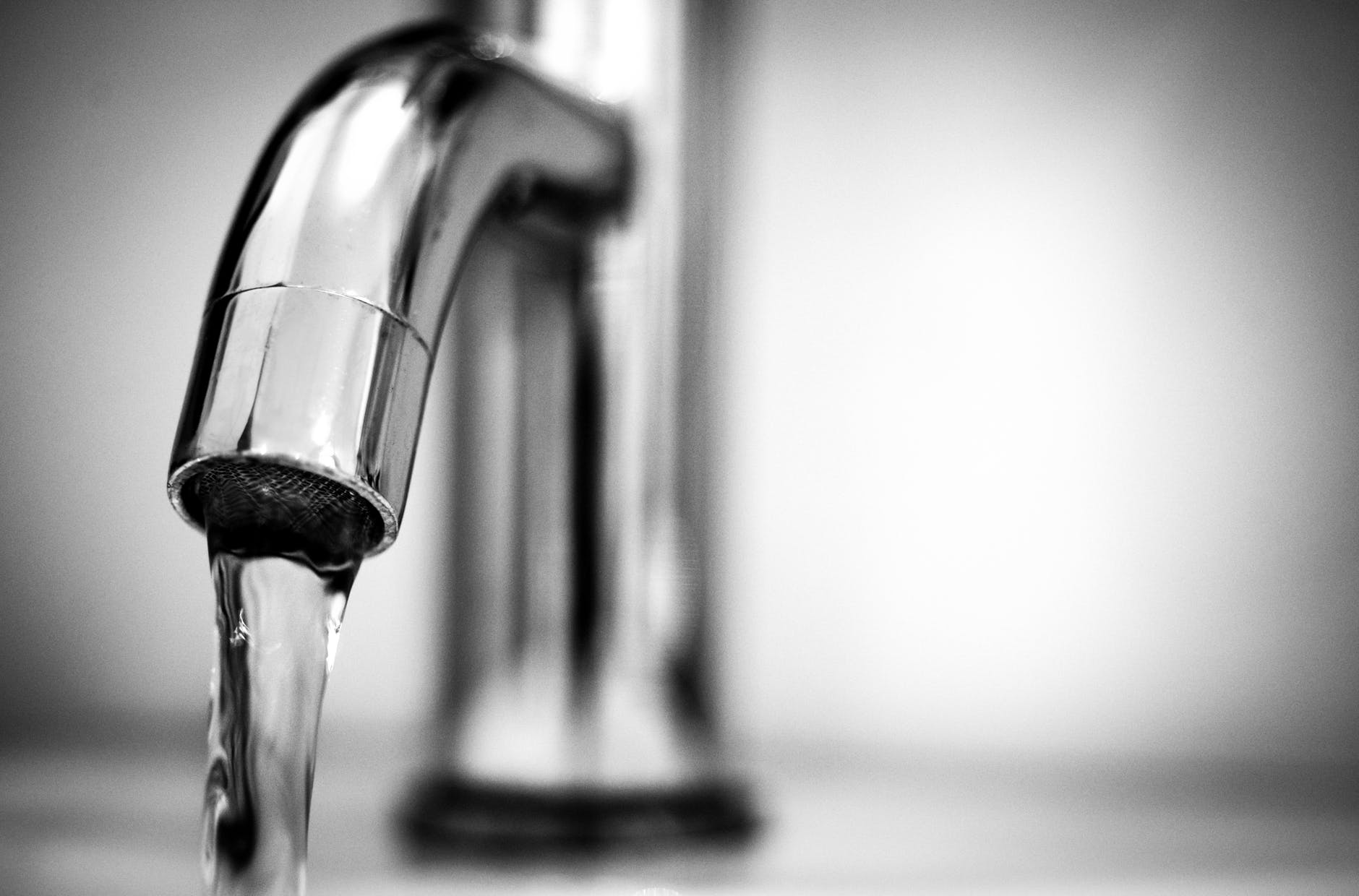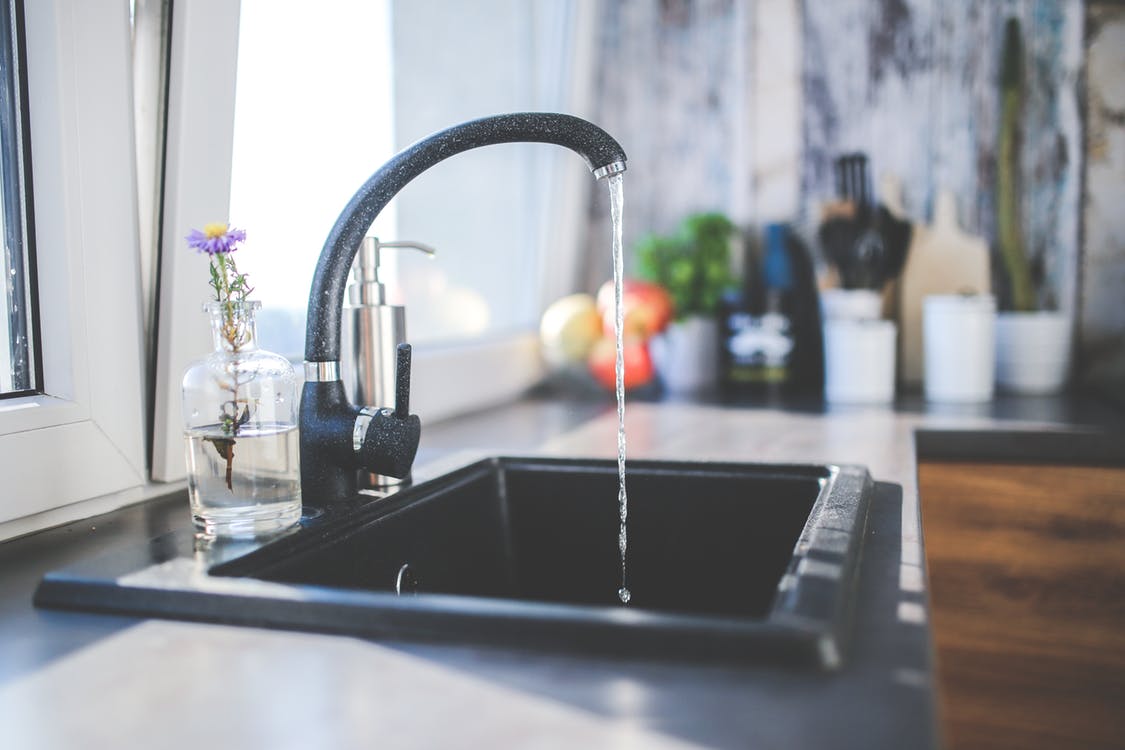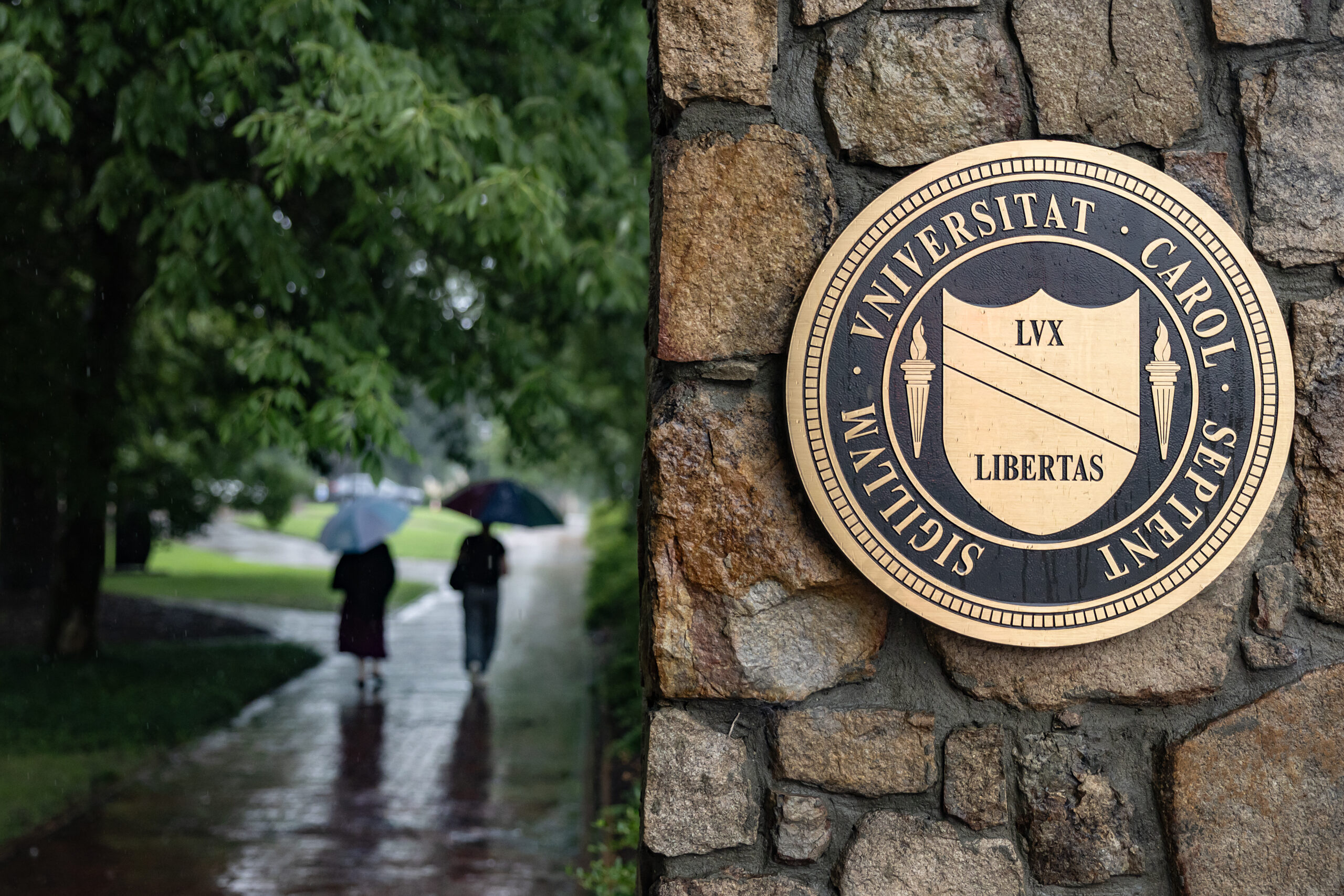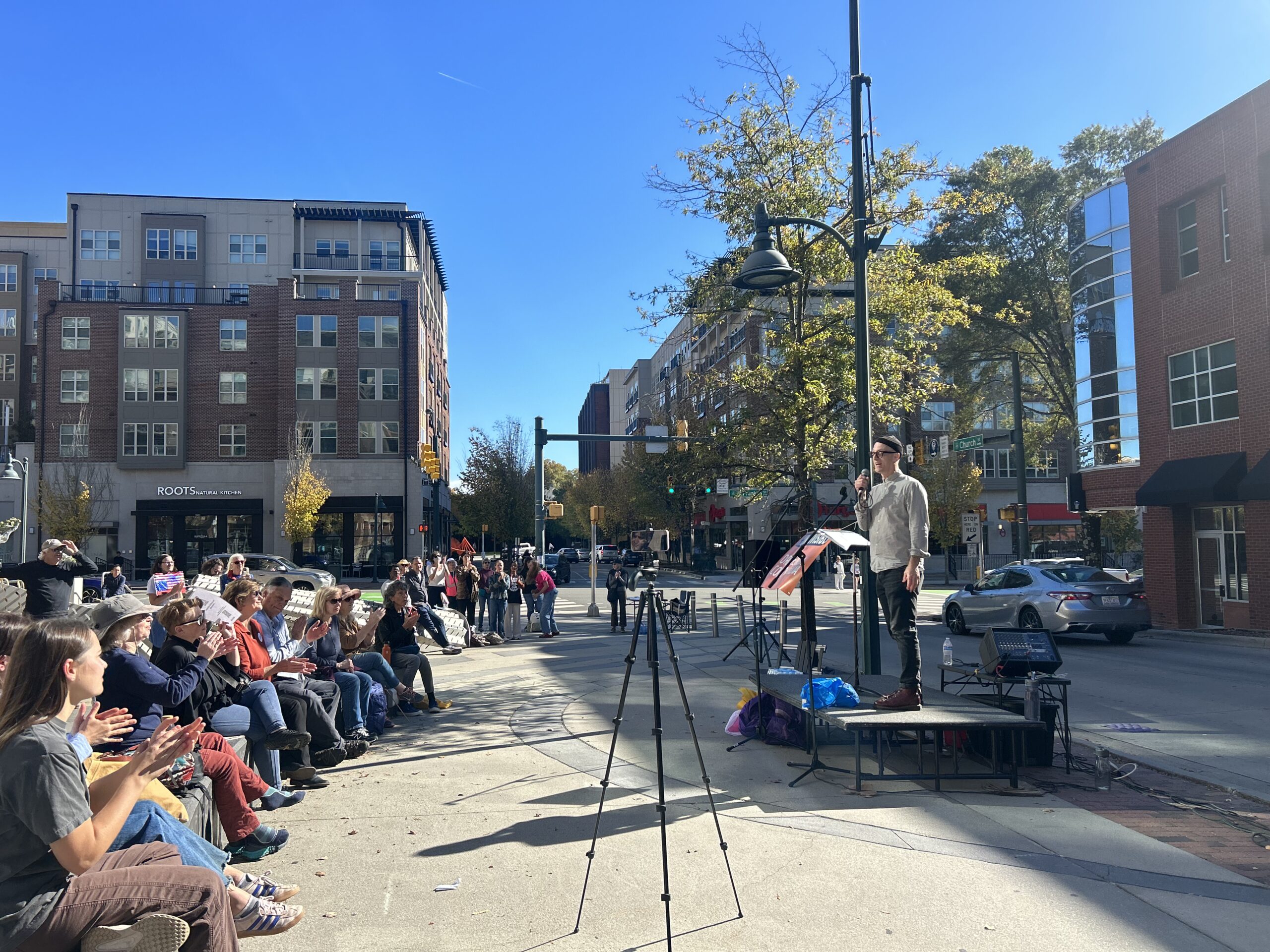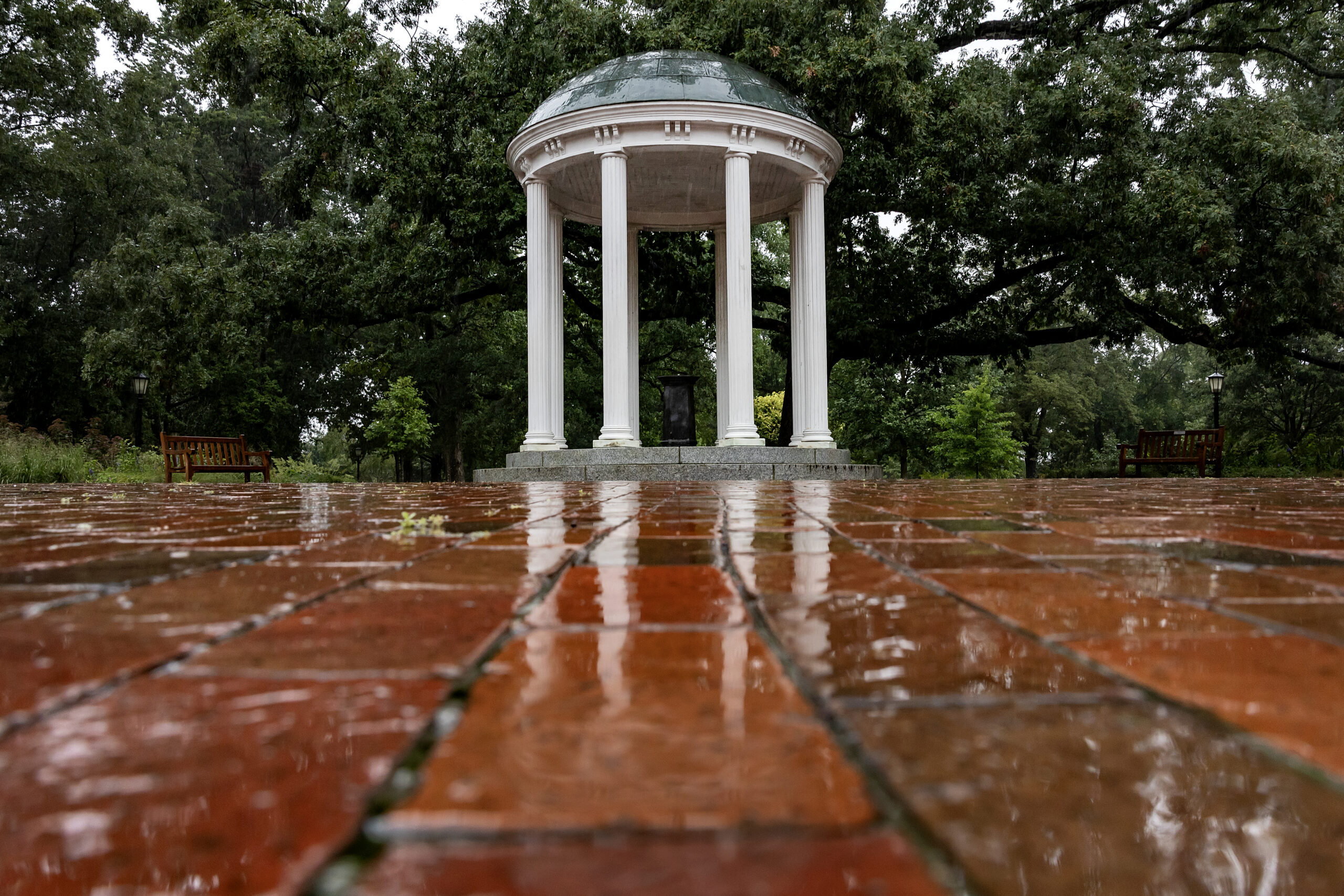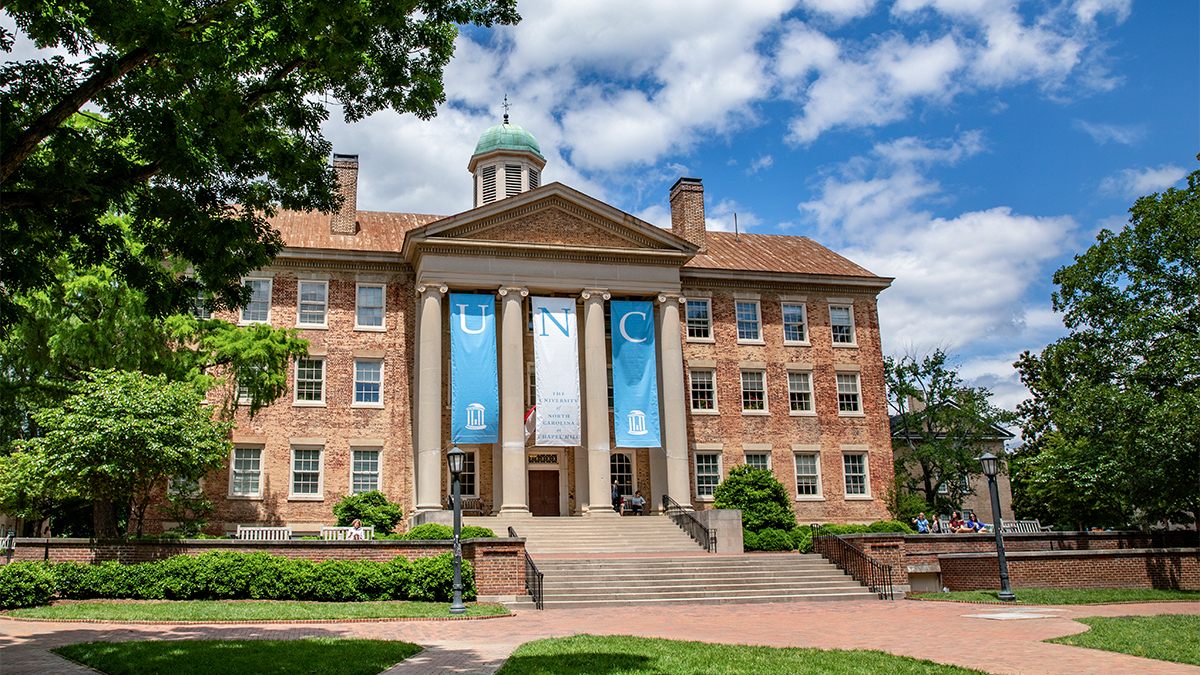This week on “Wonderful Water,” join Aaron Keck for a conversation about conservation with OWASA wastewater treatment plant and biosolids recycling manager Monica Dodson and Brad Ives, the chief sustainability officer at UNC-Chapel Hill.
“Over the last 15 years I’ve worked my way through [OWASA’s] laboratory,” said Dodson. “Then I was actually the operation supervisor at our water treatment plant. So, within the last two years I’ve transitioned over to the wastewater side. It’s been exciting to see one water, to see it all come full circle.”

(photo via OWASA)
In the past decade, OWASA’s relatively new water reclamation system has saved billions of gallons of water in our community by making better use of water that wouldn’t be suited for drinking without full treatment and filtration.
“Reclaim water [is water] we’re able to use for non-drinking purposes,” said Dodson. “[In] 2001 and 2002, our community went through a significant drought. Our water supplies within our reservoirs fell down to 30 percent. So, our customers were under some significant restrictions.”
That drought highlighted the need for more efficient water usage and allocation, and kickstarted collaboration between UNC and OWASA to more effectively implement reclaimed water. To date, OWASA has sent the university alone over 2 billion gallons of water — enough to fill University Lake five times over.
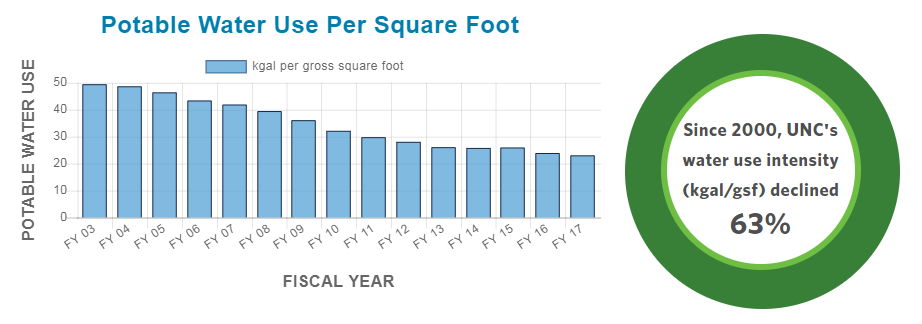
(photo via UNC)
According to Ives, roughly 90 percent of that water — as much as 2 million gallons on a hot day — goes to UNC’s centralized air cooling system. Other uses include irrigation for athletic fields and landscaping as well as flushing toilets in dual-plumbed bathrooms on campus. Increased usage of reclaimed water is essential to UNC’s “Three Zeroes” program — an initiative designed to systematically reduce the university’s environmental footprint.
“[Three Zeroes is] our program to be greenhouse gas neutral, ultimately have zero waste going to landfills and then being water neutral,” said Ives. “So, reducing our amount of potable water and being able to return as much water back into the natural system as possible is our goal there for water neutrality. And this really helps us a long way along that goal.”
By continuing to work together, OWASA and UNC hope to continue to make strides toward greater efficiency in our water system and our community at large.
“The key thing is everybody thinks that someone else is taking care of the problem,” said Ives. “I mean, this is a case where, you know, Monica and I are the ‘somebody else.’ We’ve been working through this, but we need a lot more partners. I think the town and community have been great, but everybody’s gotta do their part. We’ve all got to figure out how to solve these problems, because they’re too important for us not to work together on them.”
Thanks @WCHLChapelboro & @OWASA1 for inviting me to be on the “Wonderful Water” show today. Who knew talking about reclaimed water could be so much fun? #UNCThreeZeros pic.twitter.com/ILdrIK0Cd9
— Brad Ives (@ABIves) July 29, 2019
 Chapel Hill and Carrboro residents use roughly 7 million gallons of water a day, and “Wonderful Water” is a monthly conversation sponsored by the Orange Water and Sewer Authority highlighting its work to keep our community growing and water flowing.
Chapel Hill and Carrboro residents use roughly 7 million gallons of water a day, and “Wonderful Water” is a monthly conversation sponsored by the Orange Water and Sewer Authority highlighting its work to keep our community growing and water flowing.

